
You’ve been dreaming of tomatoes since you patiently started the seeds in February. And you’ve been diligent in their care since transplanting them. You watched as green tomato after green tomato grew on the vine.
Yet here it is, the middle of the summer, and you still aren’t eating tomatoes. It’s almost as if someone hit the pause button on them. You’ve got plants covered in large, green tomatoes without a red one in sight!
What gives?
Before we dive into this common issue, let’s clarify the situation further. We’re not talking about lush green tomato plants that refuse to produce fruit. You’ve got plenty of tomatoes; it’s just, well, they’re all green and staying that way.
Nor is it the end of the season when you’re loaded down with tomatoes and looking for ways to speed up the ripening process as the weather cools. (Although, we’ve got some tips for that situation, too.
No, what we’re discussing here is when it’s smack in the middle of summer, and you should be up to your eyeballs in juicy, vine-ripened tomatoes, but instead, your plants are still covered in green fruits that refuse to turn red.
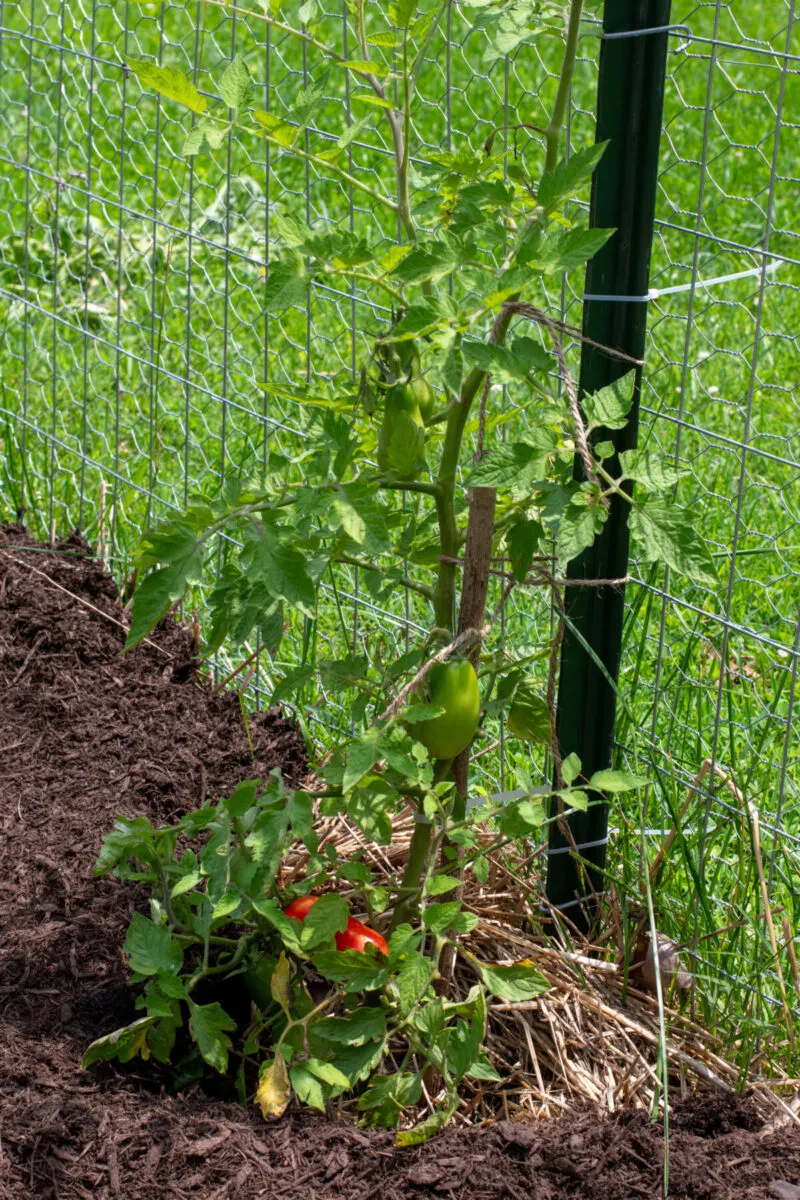
It’s infuriating!
At least with a pest like tomato hornworms or blossom end rot, you can see that something is wrong and take action. But when you’re doing everything right, and your tomatoes are just hanging out, getting bigger but not redder, it’s enough to make you crazy. And the blasted heat sure doesn’t help you keep your cool.
Feeling Hot, Hot, Hot!
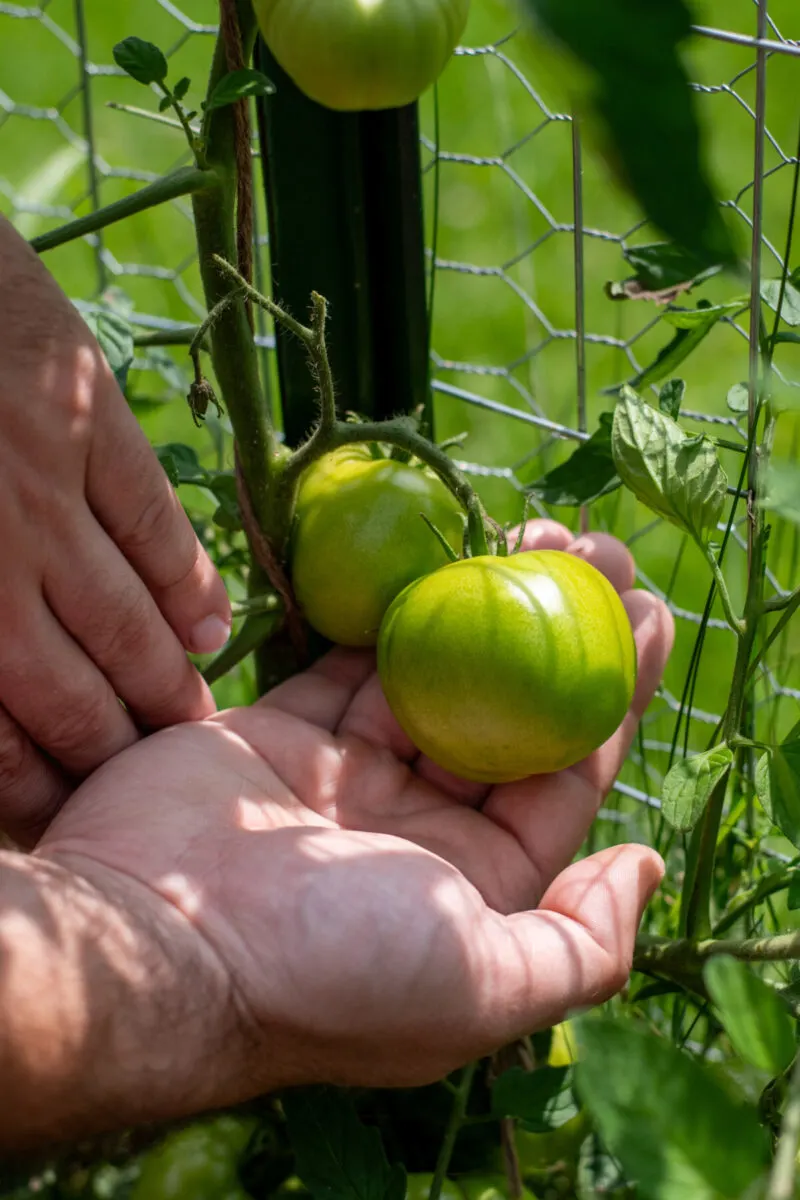
Unfortunately, it’s the same problem for your tomatoes. You may be surprised to learn that the most common reason otherwise healthy tomatoes won’t ripen and turn red is because it’s too hot out.
Wait, wait, wait, Tracey. That doesn’t make sense. You’re saying it’s too hot out for my sun-loving tomatoes?
Yes, despite tomatoes needing a good six to eight hours of full sun a day, extreme heat can throw off the ripening process and, in some cases, halt it entirely.
To understand why this is so, let’s take a closer look at what happens inside your tomato to make it turn from green to red.
The Tomato Ripening Process
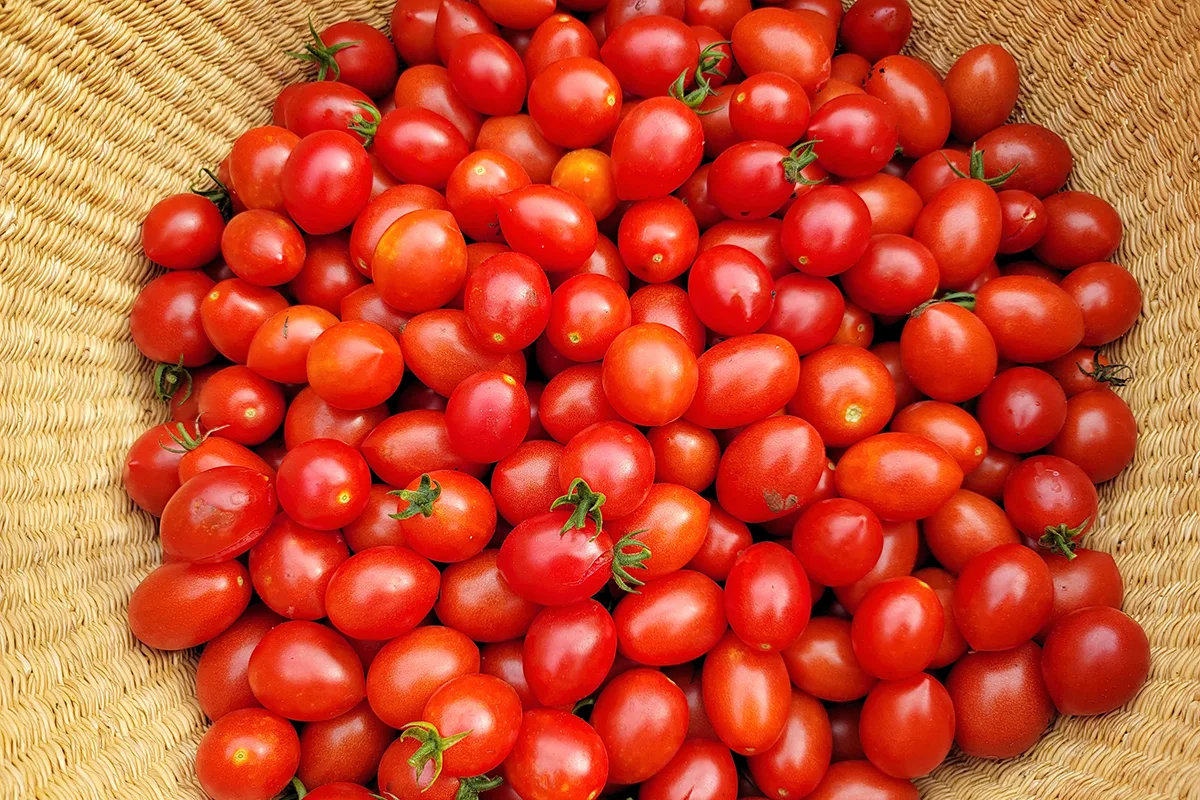
From the time a tomato flower is pollinated, it takes between six to eight weeks for that tomato to ripen to maturity. And all that happens during that time period is triggered by two important elements – heat and hormones.
The Perfect Temperature
While your tomatoes need plenty of sunshine and water to grow, they also need the right temperature to mature.
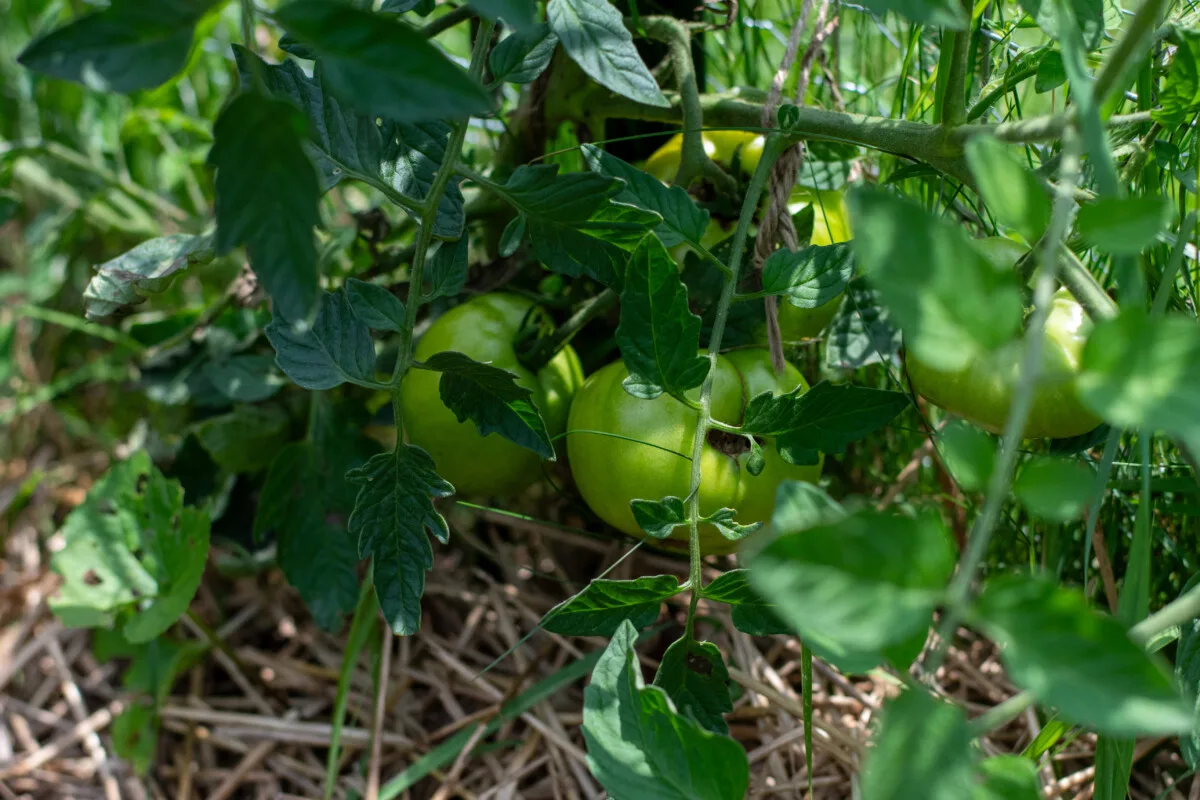
According to Marita Cantwell’s paper, “Optimum Procedures for Ripening Tomatoes,” the temperature range to achieve “superior quality tomatoes” is 59-68F (15-20C). That’s surprisingly lower than you would expect.
Could it be that everyone growing tomatoes in a cooler zone with a shorter growing season is growing tastier tomatoes than the rest of us?
Although that window will yield tomatoes of superior quality, tomatoes will still ripen to their delicious red best between temperatures of 60-75 degrees. Once temperatures go above 75 degrees, the ripening process begins to slow; at about 85-90 degrees and higher, tomatoes stop ripening altogether.
Most of the time it takes for a tomato to grow and mature is spent on just that – growing.
Not only is the tomato growing in size, but it’s also developing seeds and the “jelly” within. While growing, each tomato also creates the sugars and acids that will affect its final flavor. Yup, how your tomato will taste is determined long before a tomato has finished ripening.
Once the tomato reaches maturity or “green mature,” it begins releasing a hormone at the center of the fruit – ethylene. This important plant hormone triggers the synthesis of lycopene, a carotenoid that gives tomatoes their characteristic red color.
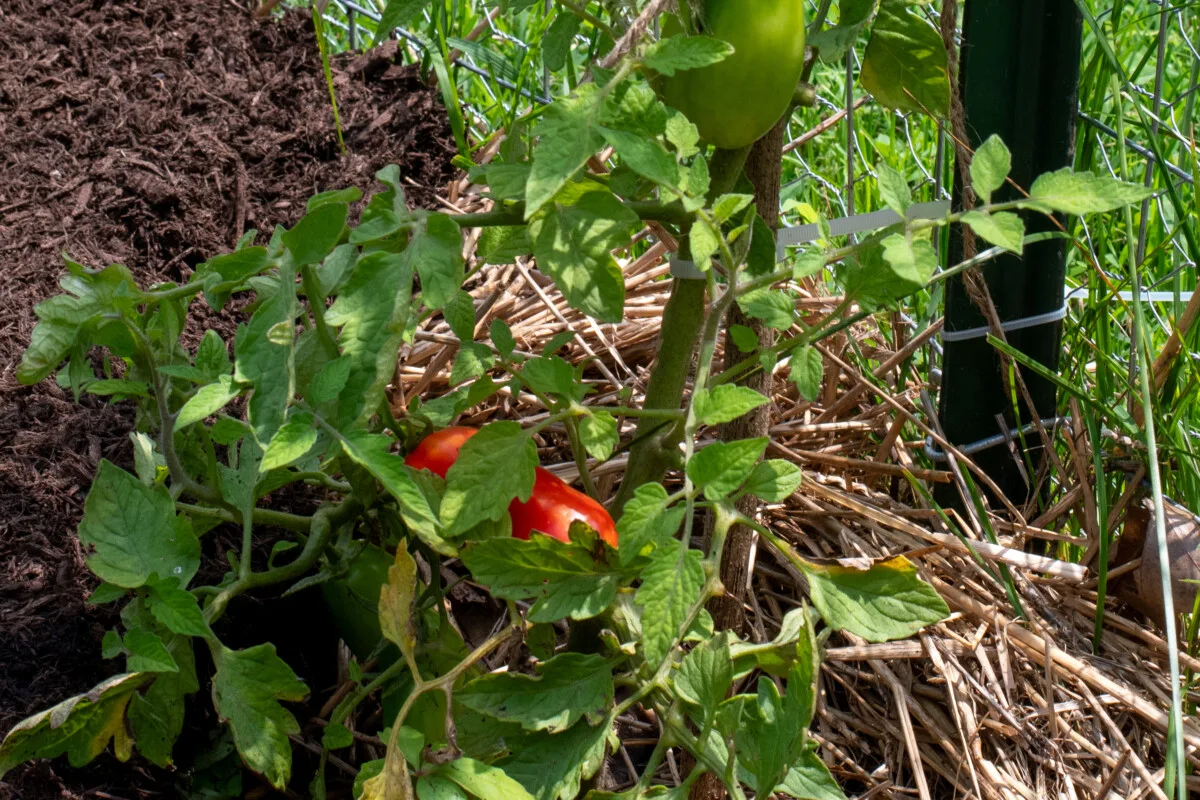
You’re probably familiar with lycopene after hearing about its heart health benefits and ability to lower the risk of cancer.
As the tomato produces more lycopene, it begins to change color, ripening from the center out. This is why sometimes, when you slice a green tomato open, you will find a blush of pink at the center.
Heat directly affects the process of lycopene production in tomatoes.
Higher temps will slow lycopene synthesis resulting in slow ripening, but extreme temperatures of 90 degrees and higher will halt tomato ripening as it can’t make lycopene at those temperatures.
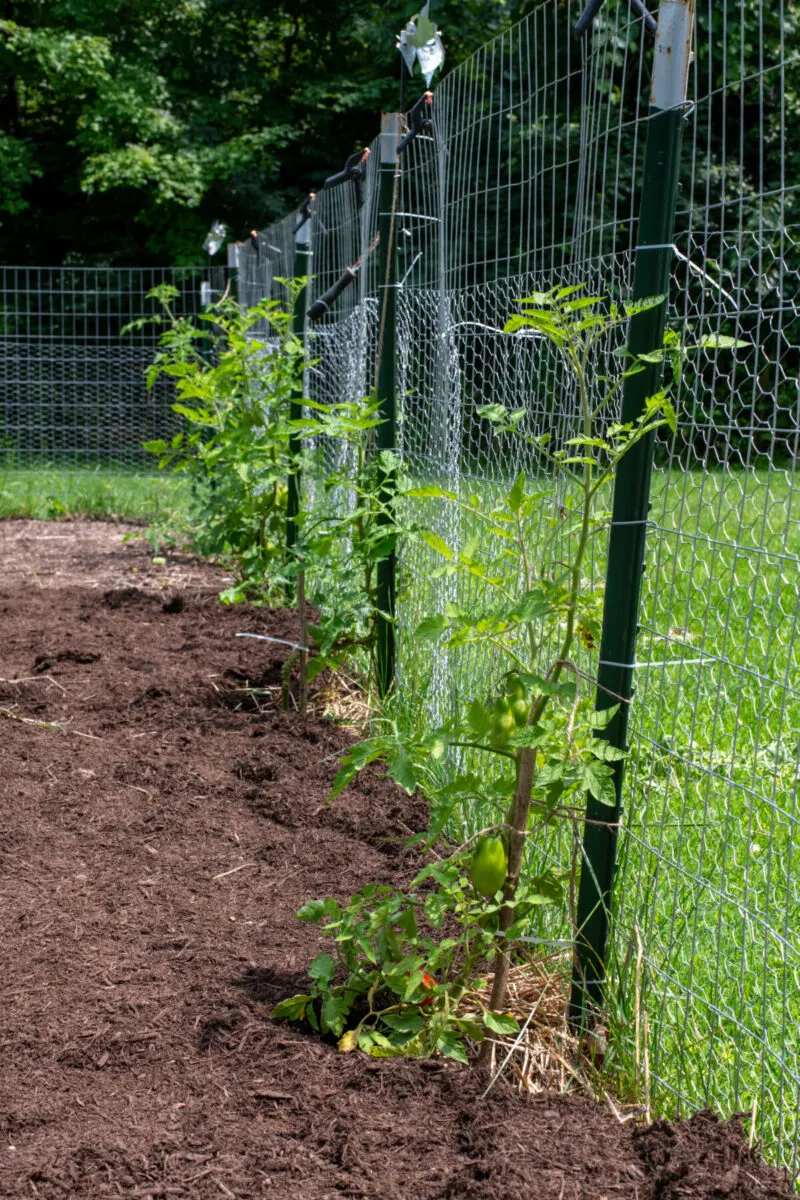
This is why it’s important not to over-prune tomatoes. Tomatoes don’t need light at all to ripen. It’s the heat from the sun that’s needed, but as we’re finding out, not too much of it. You want to make sure your tomatoes have the shade of the leaf canopy over them to keep the fruit cool as it ripens.
Sunscald has little to do with sun exposure and more to do with the heat accumulating inside the tomato from direct sun. As the tomato heats within, it slows or halts the production of lycopene, resulting in blotchy flesh.
When the mercury soars, your tomatoes shut down.
What Can You Do About It?
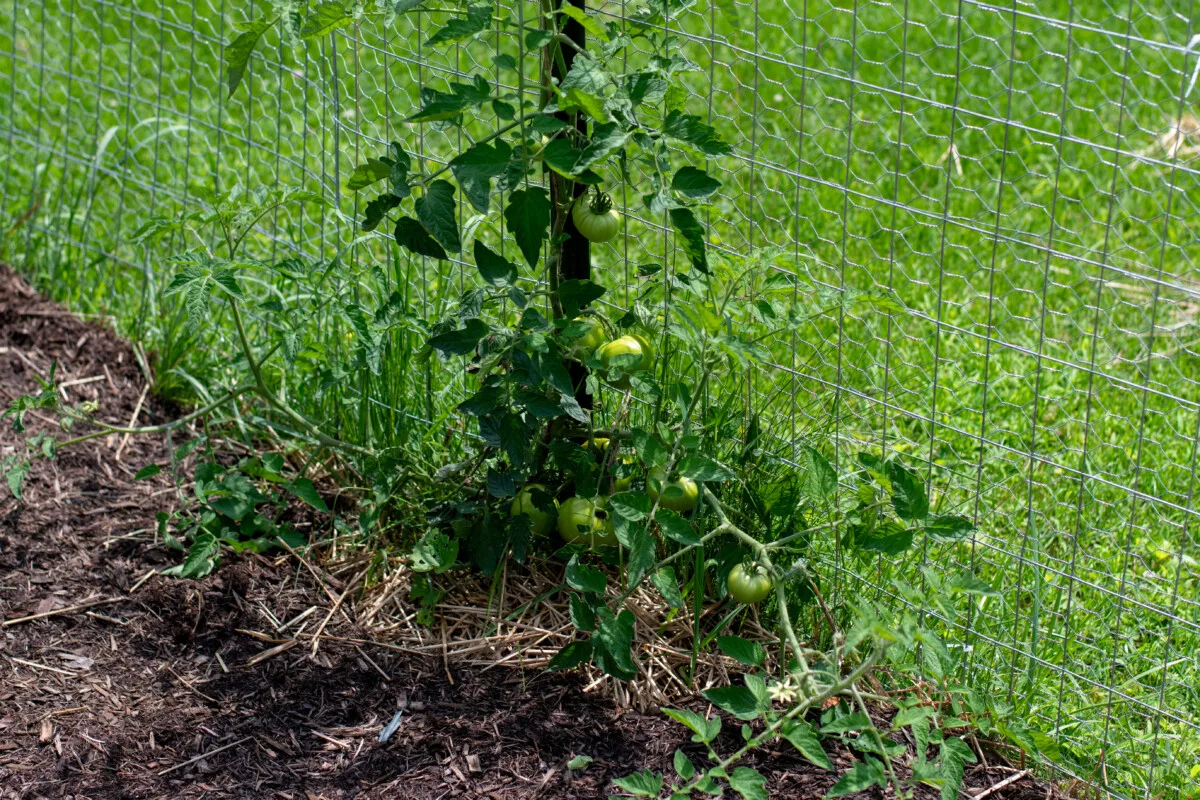
Oh, that’s easy, just call your state representative and ask them to turn down the heat in your county. Ha, wouldn’t it be nice if it were that easy?
Like most weather-related things, there isn’t a lot we can do except wait out the extreme heat. As temperatures come down, the natural ripening process will start again. As long as you keep your tomatoes healthy and happy otherwise, watering and fertilizing as needed, they will turn red.
Such is the life of gardeners everywhere – we’re all at the whim of Mother Nature.
In the meantime, if you need tomatoes now, you can pick fruit just beyond the mature green stage. That is, you want to look for tomatoes that have finished growing and begun to lighten in color. This is called the breaker stage. These fruits will be more of a tannish-yellow or have the slightest orange tinge.
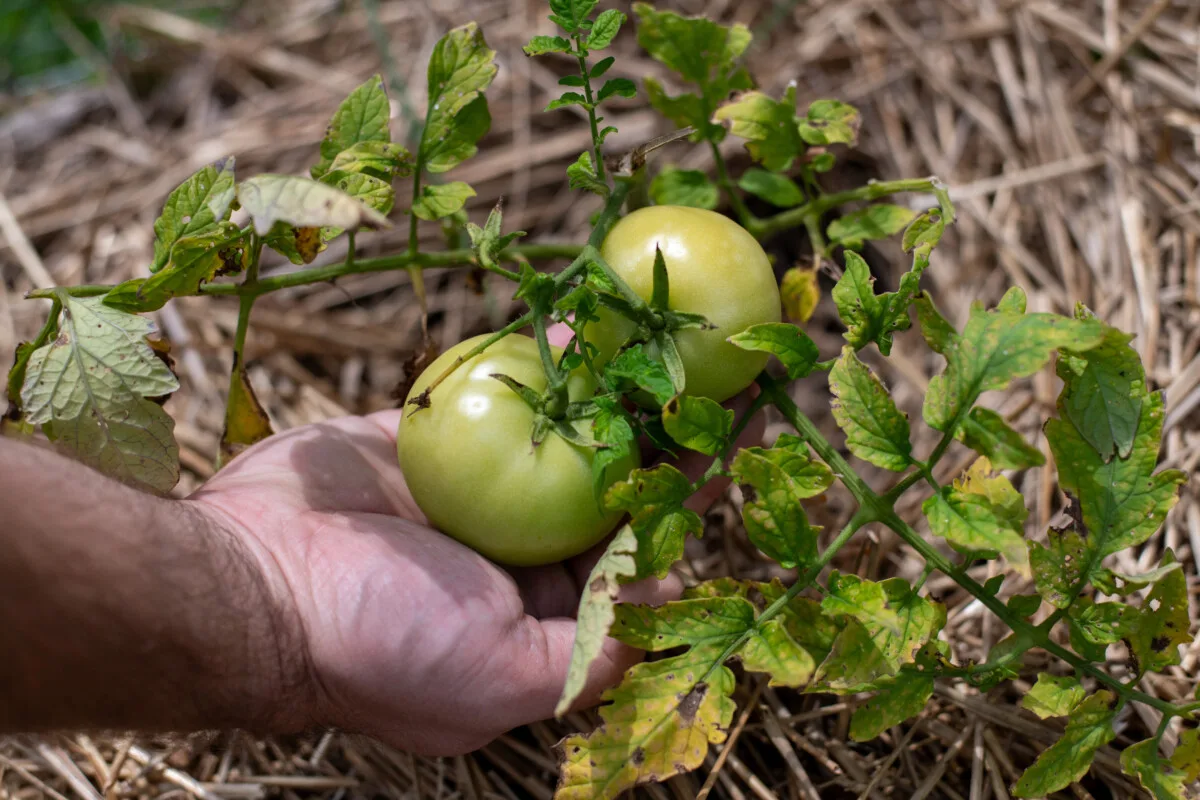
As long as you keep them in the ideal temperature range, these breaker stage tomatoes will ripen off the vine. Avoid picking tomatoes that haven’t reached the breaker stage yet, as these tomatoes will not ripen once picked.
Place them in layers in a cardboard box with loosely crumpled newspapers between them. You’ll want to be sure the tomatoes aren’t touching. Packing them this way will help to hold in ethylene as it’s released, which will hasten the ripening process. Place them somewhere the temperature is between 65-75 degrees. (Or for “superior” tomatoes 59-68F.)
Remember, at this stage, your tomatoes don’t need sun, only heat.
Just not as much heat as Mother Nature is currently providing. Inside your home, a cool corner of the garage or even the shaded recesses of a porch should do the trick. You just need consistent temps that fall within the ripening range.
Check your tomatoes often to ensure you don’t let them get too ripe and turn mushy.
It should be pointed out that breaker stage tomatoes ripened off the vine this way will be just as tasty as if they were ripened on the vine.

Get the famous Rural Sprout newsletter delivered to your inbox.
Including Sunday musings from our editor, Tracey, as well as “What’s Up Wednesday” our roundup of what’s in season and new article updates and alerts.

